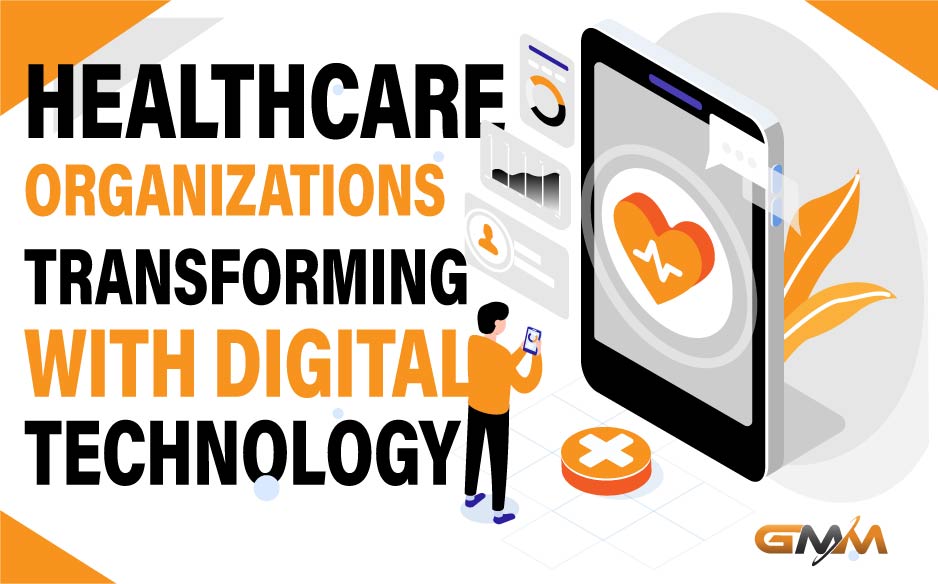Over the past two years many healthcare organizations have been forced to embrace digital technology and virtual care to deal with the pandemic crisis. That change helped them to survive during the worst of the pandemic but is becoming necessary now to deal with “The Great Resignation”, the mass exodus from the workforce. Healthcare is in the top three for industries who are facing the most losses and embracing digital technology will help them to cope with those losses and still be able to serve their patients. Genesis Medical Management recommends that healthcare organizations implement the following digital technology options.
Healthcare Organizations Should Implement these Digital Technology Options
- Electronic Health Records
- Patient Portal Platforms and Mobile Applications
- Virtual Care
- Remote Patient Monitoring
- Other Digital Tools for Patient Engagement

All healthcare organizations should have moved to an electronic health record-type platform by now, or they are truly missing out by losing time and resources. A complete platform that allows not only the physician and staff to access the medical records, but also ties into a patent portal is crucial. Providing patients with access to their own medical records, test results, after visit summaries, list of appointments, etc. gives patients the ability to access information without having to reach out to a healthcare provider. This is one of the largest time savers a healthcare organization can implement. Patients want to be able to receive information around the clock, and anything that helps them do that without the assistance of a healthcare staff member, such as mobile applications, is a time and resource saving benefit.
Virtual care was embraced by most healthcare organization over the past two years, and those who realize the time and resource saving benefits will continue to utilize this digital technology. Telehealth makes it possible for physicians to monitor patients remotely, especially those suffering from chronic illnesses. This benefits the patient by not involving travel time, or time off work, and benefits the healthcare organization by reducing all the time and resources that are used during an in-person office visit. The costs savings is significant between an in-person doctor’s office visit, an average cost of $146, and an average telehealth visit cost of $79.
Another aspect of remote patient monitoring that is rapidly growing is wearable devices that relay data back to the physician, allowing them to monitor their patients more effectively. With insurance providers now covering the costs of virtual visits and wearable devices, these remote patient monitoring options provide a viable business model. There is also research showing that remote patient monitoring reduces emergency department visits, shortens hospital stays, and reduces hospital admissions and readmissions.
It is imperative that healthcare organizations provide as much opportunity for patient engagement on the patient’s terms as possible. Patients are much more demanding than in the past and willing to shop around to obtain the services they desire if they are not getting them from their current provider.
Let's Grow Together!
We look forward to learning about your healthcare business to discover how GMM can create a profitable solution!

Contact Us

Navigation
Contact Us

